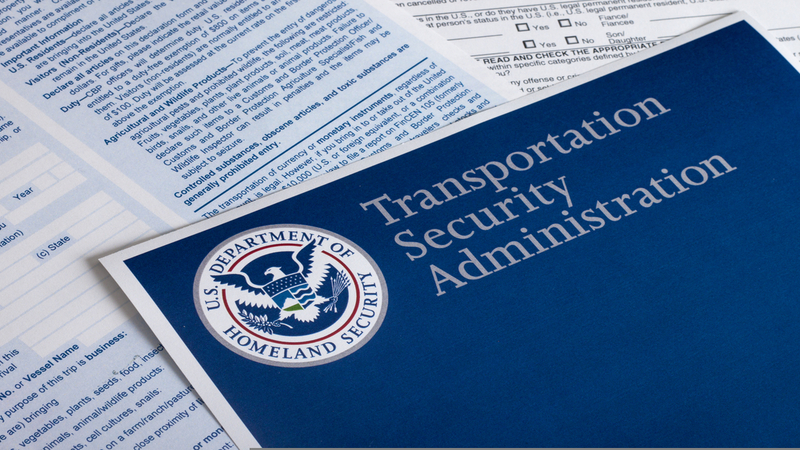
Transportation Security Administration (TSA) Administrator David Pekoske published the third edition of the agency’s Administrator’s Intent document last week, which outlines the agency’s planned actions through 2025 to achieve the vision and key technology and cyber objectives from TSA’s eight-year strategy released in 2018.
The strategic objectives focus on people, partnerships, and technology that support TSA’s operational and mission goals for the next two years, and are aligned with the Department of Homeland Security’s 2023 Priorities as well as national strategies and directives, including the White House’s National Cybersecurity Strategy.
“The TSA Strategy establishes a clear mission, vision, values, priorities, and goals to guide us through the Agency’s 25th anniversary in 2026,” the July 6 document reads. “The Admin Intent helps implement the strategy by outlining objectives that specifically define how we will work toward our strategic priorities.”
Developed with input and insight from government and industry partners, Pekoske’s document provides near term actions to achieve three strategic priorities:
- People: Commit to the agency’s workforce by continuing to mature an organizational culture that promotes an entrepreneurial spirit and operational excellence;
- Partnerships: Improve security and safeguard the transportation system by being agile, innovative, and ready to rapidly deploy new solutions and maximize the impact of TSA resources; and
- Technology: Accelerate action by rapidly testing new ideas, processes, and technologies.
“I am proud of the hard work and outstanding achievements the TSA workforce has made in response to objectives outlined in prior editions of the Administrator’s Intent,” Pekoske said. “In this new iteration of the Administrator’s Intent, we remain steadfast in our focus on people, partnerships and technology so we can build on previous successes and provide flexibility and resiliency.”
He added, “We will invest in our workforce, maintain and strengthen our partnerships with transportation stakeholders, and continue to drive innovation to remain ahead of emerging threats.”
The guidance describes 20 specific strategic objectives that TSA aims to focus on over the next two years.
On the cyber front, the transportation agency is looking to improve threat forecasting in fiscal year (FY) 2024 by “anticipating cyber risks and other emerging threats through greater understanding of their impacts on the TSA mission.”
On the technology side, TSA is eyeing the testing and use of innovative screening technologies for its air cargo security, integrating security by design into its emerging Advanced Air Mobility systems, and developing an open architecture approach to its passenger screening technologies.
The agency also plans to develop an integrated plan to organize, align, and communicate activities that positively influence the customer experience this FY.
Finally, on the workforce side of things, Pekoske’s strategic objectives include a positive security culture, nurturing TSA culture to encourage innovation and collaboration among employees, and improving workforce retention as well as recruitment and hiring processes.
“TSA maintains a vision for a secure future that it can achieve through investments, partnerships, innovation, and research and development,” the document reads. “This future focuses on interconnected transportation security, continued investment in the TSA workforce, an improved passenger experience, and an elevated security baseline.”
